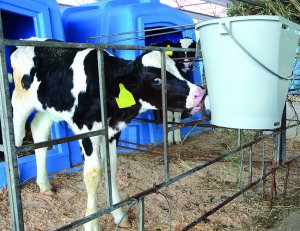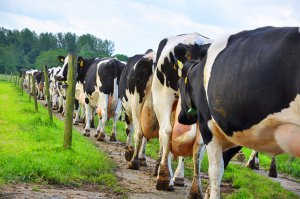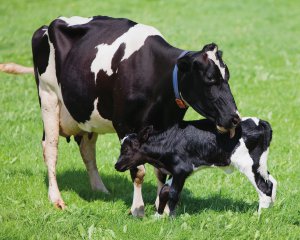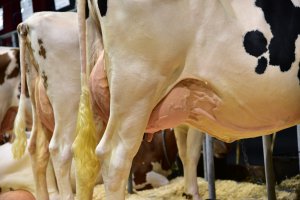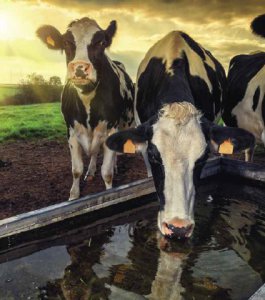Next day delivery
Order before 2:00PM
Free shipping
For orders above €100,-
Safe pay
By iDeal & Klarna
The lifespan of dairy cows is an important part of the sustainability theme. The term “lifespan” is usually used to indicate a period that ends due to natural causes in old age. But today in our intensive farming systems, the cow’s lifespan is significantly shorter than its potential. Currently, the average dairy cow lasts about three lactations.
Earn Major steps can be taken in the field of sustainability, profitability and social acceptance. Financially, the benefits can amount to tens of thousands of euros per year! An important question, of course, is: in what way? Heifer-calf rearing, lactation start and lactation persistence are important components. Below is a calculation example and more information.
A Dutch dairy cow lasts on average more than three lactations and has a lifetime production of approximately 30,000 kg of milk. Replacement of dairy cows is not voluntary in seven out of ten cases; forced drainage can often be prevented by taking preventive action. The main causes of forced drainage are mastitis, hoof problems and reduced fertility. Preventive action is a good investment, because it can prevent many of these problems and extend the life.
We think along with you about every detail, because it’s about details!
